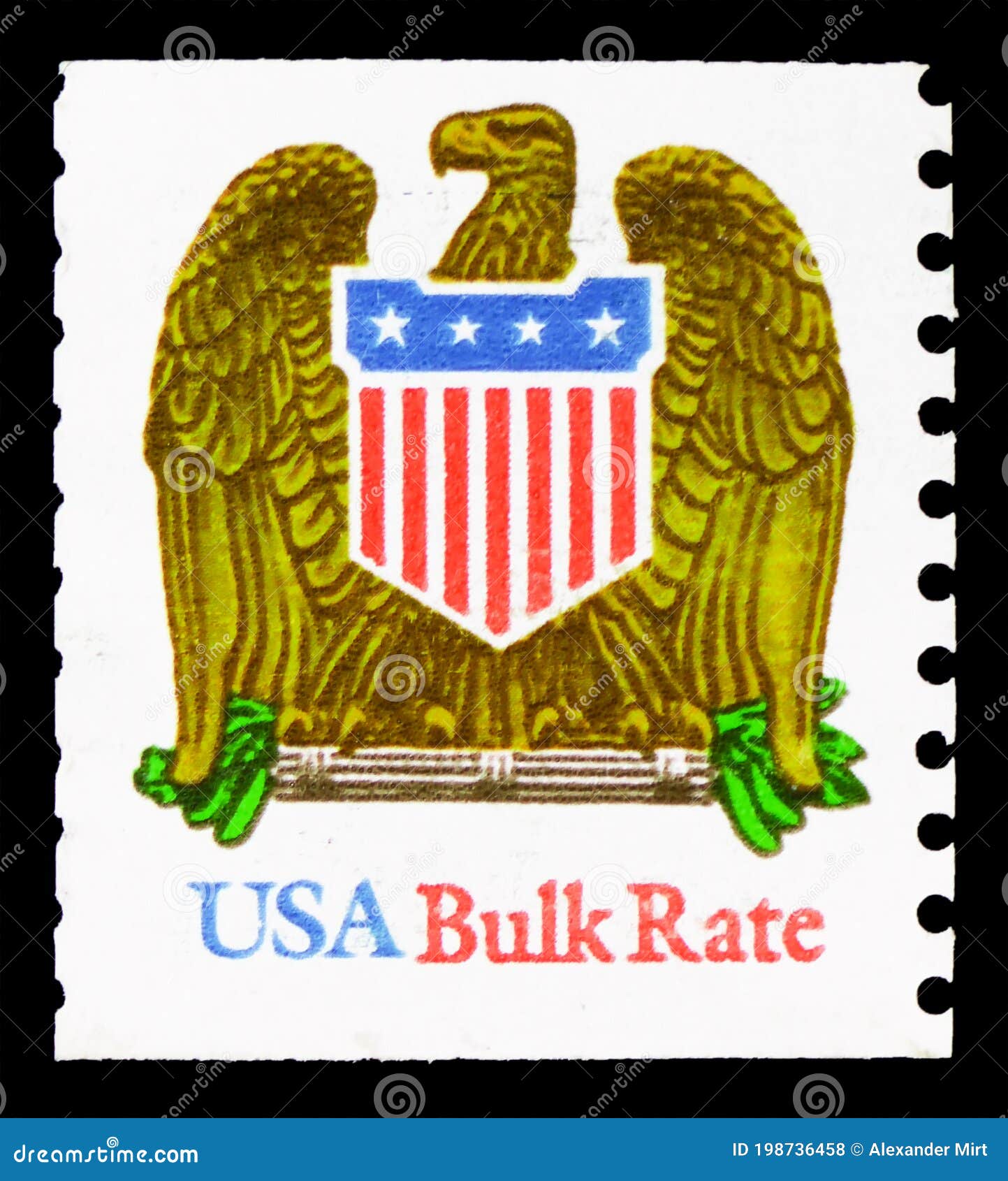- Sep 10, 2021
- 6,244
- 5,410
Posted by a friend on October 13th of last year (hawkman), and it appears it is suddenly becoming more relevant, as the dollar is now suddenly weakening in light of the trade wars. At the time this dream was received, the message was that the dollar was keeping the US economy from sinking, though the implication was that a flood is on its way and would reach us eventually.
Andrew Jackson Dream
I was in long room and I was up close to a wall with other people close to the wall on the other side of the door about 15 feet from the door. The room had a tile floor and water was leaking under the door from outside and running down the grout lines of the tile mostly away from me toward the other people. I told the other people who were not noticing the water coming in to look at what was happening, and the water was coming in fairly fast as some of the tiles were now completely covered. So as we went to check and see what we could do about the leak at the door, there was an eagle standing right in front of and facing the door. The eagle was like it had been molded into a 2X2 flat square plaque and flattened out, wings kind of spread like this stamp but a live eagle.

The eagle's name was "Jackson," which was given to me in the dream when I saw President Andrew Jackson like he appears on $20 bill. I went and picked up Jackson and moved him away from the door, but he walked right back to his post about a foot away from the door. The only part of the eagle that was animate was his feet to walk with, and his eyes and eyebrows (you could read his expressions). He was not happy when I moved him away from the door, and it pained him to have walk back to his position facing it. He felt like a real eagle would feel when I picked him up and moved him. We were going to open the door, but Jackson walked back over and did not allow us to open the door. That was when we laughed, and I said we needed to trade Jackson in at the bank for a newer eagle, since he was looking kind of worn. But he was still standing in his spot at the door.
____________________
Interpretation:
Not long ago when China and Russia started colluding to compete against the US dollar by not honoring it as the preferred world currency, many thought it would start the dollar's long, slow decline, and economies dependent upon it would start declining as well. Well, the world's economies are indeed sinking, but it has not been because of the US dollar. In fact, the opposite has occurred. The US dollar has actually gotten stronger, and the dream suggests it is what now stands "at the door" from the world economy collapsing. The water starting to flood in is reminiscent of other visions that the global economy will eventually start "sinking" like the Titanic, but this dream says it won't be happening yet, at least not in the US, so long as the dollar continues to remain strong.
Found this recent article from the New York Times which confirms the implications of the dream:
The Dollar Still Has Plenty of Swagger
The U.S. currency has been on a tear, and the Fed’s decision to keep interest rates steady is likely to keep the dollar “higher for longer,” our columnist says.
By Jeff Sommer, Sept. 22, 2023


Bet against the dollar at your peril.
After the dollar’s sharp rally since July, it may be tempting to do so. Earlier this year, before the rebound, spot currency traders made good money wagering that the dollar would decline from the 20-year highs it reached in 2022. And while the dollar dominates world trade, a host of nations, including China and Russia, are maneuvering to unseat it.
At the same time, political conflicts in the United States — like the debt-ceiling brinkmanship in the spring and subsequent credit downgrade, and the current risk of a government shutdown — have threatened to dim the dollar’s luster. But the Federal Reserve’s decision on Wednesday to hold rates at an elevated level is likely to buttress the dollar in foreign exchange markets.
Still, an underlying truth abides: The dollar remains the linchpin of the global economy. It is the currency around which nearly all others revolve, the world’s haven in times of trouble — even when that trouble emanates from the United States itself.
What’s more, the relative vigor of the U.S. economy and the Fed’s tight monetary policy have been pushing up the value of the dollar against most other currencies. Since July, the U.S. Dollar Index, which tracks the greenback against six other important currencies, has risen more than 5 percent.
While it’s down from last October’s peak, it remains more than 40 percent higher than in 2011. Against the Japanese yen and the Chinese renminbi, the dollar has been strong enough to warrant discussion of government currency intervention in Asia to reduce the foreign exchange disparities...
In many ways, the Fed is “the central banker to the world,” said Kathy Jones, chief fixed-income strategist at the Schwab Center for Financial Research, in an interview. Its decisions cascade throughout foreign exchange markets, affecting the economies of a great many nations.
For the American government, the dollar’s central role in global finance pays immense dividends. U.S. national debt has reached $33 trillion, a mind-boggling number that is adding fuel to the fight in Congress over government spending. But fiscal issues in the United States would be much more complicated without the dollar’s global primacy.
The Federal Reserve has the ability to create money that is accepted universally, and the Treasury can issue dollar-denominated debt that is in high demand in world markets. This gives the government extraordinary fiscal flexibility. U.S. sway in world affairs would be constrained if it did not possess this special financial power.
For American consumers, the highly valued dollar reduces inflation, enabling the purchase of imported goods at lower prices. And for canny travelers, it can mean cheaper and better meals and hotel rooms in countries whose currencies have declined against the dollar...
If the change in this relationship holds up, the latest surge in energy prices won’t hurt the dollar, and may help it. Establishing the reasons isn’t easy. They may partly be that fossil fuel energy is far less important to the economy than it was 50 years ago, even if rising gasoline prices are painful for consumers and irksome in the Fed’s fight to tame inflation...
Low-income emerging-market countries that are commodity importers are particularly vulnerable, the International Monetary Fund has found. If the United States enjoys an exalted status in global markets, thanks to the strength of the dollar and of U.S. Treasuries, a host of countries come under heightened stress when the dollar soars. Countries like Ghana, Sri Lanka, Egypt and Pakistan have already had trouble managing their debt....
One thing I would not suggest is making a big bet against the dollar.
“I don’t see any currency that can replace it,” Ms. Jones of Schwab said, “and it has held its value for a very long time.”
Even periodic crises in Washington have failed to dislodge global confidence in the dollar. A new test is underway in the congressional battle over federal spending. But it’s in the U.S. government’s interest to maintain the dollar’s special status.

 www.nytimes.com
www.nytimes.com
Andrew Jackson Dream
I was in long room and I was up close to a wall with other people close to the wall on the other side of the door about 15 feet from the door. The room had a tile floor and water was leaking under the door from outside and running down the grout lines of the tile mostly away from me toward the other people. I told the other people who were not noticing the water coming in to look at what was happening, and the water was coming in fairly fast as some of the tiles were now completely covered. So as we went to check and see what we could do about the leak at the door, there was an eagle standing right in front of and facing the door. The eagle was like it had been molded into a 2X2 flat square plaque and flattened out, wings kind of spread like this stamp but a live eagle.

The eagle's name was "Jackson," which was given to me in the dream when I saw President Andrew Jackson like he appears on $20 bill. I went and picked up Jackson and moved him away from the door, but he walked right back to his post about a foot away from the door. The only part of the eagle that was animate was his feet to walk with, and his eyes and eyebrows (you could read his expressions). He was not happy when I moved him away from the door, and it pained him to have walk back to his position facing it. He felt like a real eagle would feel when I picked him up and moved him. We were going to open the door, but Jackson walked back over and did not allow us to open the door. That was when we laughed, and I said we needed to trade Jackson in at the bank for a newer eagle, since he was looking kind of worn. But he was still standing in his spot at the door.
____________________
Interpretation:
Not long ago when China and Russia started colluding to compete against the US dollar by not honoring it as the preferred world currency, many thought it would start the dollar's long, slow decline, and economies dependent upon it would start declining as well. Well, the world's economies are indeed sinking, but it has not been because of the US dollar. In fact, the opposite has occurred. The US dollar has actually gotten stronger, and the dream suggests it is what now stands "at the door" from the world economy collapsing. The water starting to flood in is reminiscent of other visions that the global economy will eventually start "sinking" like the Titanic, but this dream says it won't be happening yet, at least not in the US, so long as the dollar continues to remain strong.
Found this recent article from the New York Times which confirms the implications of the dream:
The Dollar Still Has Plenty of Swagger
The U.S. currency has been on a tear, and the Fed’s decision to keep interest rates steady is likely to keep the dollar “higher for longer,” our columnist says.
By Jeff Sommer, Sept. 22, 2023


Bet against the dollar at your peril.
After the dollar’s sharp rally since July, it may be tempting to do so. Earlier this year, before the rebound, spot currency traders made good money wagering that the dollar would decline from the 20-year highs it reached in 2022. And while the dollar dominates world trade, a host of nations, including China and Russia, are maneuvering to unseat it.
At the same time, political conflicts in the United States — like the debt-ceiling brinkmanship in the spring and subsequent credit downgrade, and the current risk of a government shutdown — have threatened to dim the dollar’s luster. But the Federal Reserve’s decision on Wednesday to hold rates at an elevated level is likely to buttress the dollar in foreign exchange markets.
Still, an underlying truth abides: The dollar remains the linchpin of the global economy. It is the currency around which nearly all others revolve, the world’s haven in times of trouble — even when that trouble emanates from the United States itself.
What’s more, the relative vigor of the U.S. economy and the Fed’s tight monetary policy have been pushing up the value of the dollar against most other currencies. Since July, the U.S. Dollar Index, which tracks the greenback against six other important currencies, has risen more than 5 percent.
While it’s down from last October’s peak, it remains more than 40 percent higher than in 2011. Against the Japanese yen and the Chinese renminbi, the dollar has been strong enough to warrant discussion of government currency intervention in Asia to reduce the foreign exchange disparities...
In many ways, the Fed is “the central banker to the world,” said Kathy Jones, chief fixed-income strategist at the Schwab Center for Financial Research, in an interview. Its decisions cascade throughout foreign exchange markets, affecting the economies of a great many nations.
For the American government, the dollar’s central role in global finance pays immense dividends. U.S. national debt has reached $33 trillion, a mind-boggling number that is adding fuel to the fight in Congress over government spending. But fiscal issues in the United States would be much more complicated without the dollar’s global primacy.
The Federal Reserve has the ability to create money that is accepted universally, and the Treasury can issue dollar-denominated debt that is in high demand in world markets. This gives the government extraordinary fiscal flexibility. U.S. sway in world affairs would be constrained if it did not possess this special financial power.
For American consumers, the highly valued dollar reduces inflation, enabling the purchase of imported goods at lower prices. And for canny travelers, it can mean cheaper and better meals and hotel rooms in countries whose currencies have declined against the dollar...
If the change in this relationship holds up, the latest surge in energy prices won’t hurt the dollar, and may help it. Establishing the reasons isn’t easy. They may partly be that fossil fuel energy is far less important to the economy than it was 50 years ago, even if rising gasoline prices are painful for consumers and irksome in the Fed’s fight to tame inflation...
Low-income emerging-market countries that are commodity importers are particularly vulnerable, the International Monetary Fund has found. If the United States enjoys an exalted status in global markets, thanks to the strength of the dollar and of U.S. Treasuries, a host of countries come under heightened stress when the dollar soars. Countries like Ghana, Sri Lanka, Egypt and Pakistan have already had trouble managing their debt....
One thing I would not suggest is making a big bet against the dollar.
“I don’t see any currency that can replace it,” Ms. Jones of Schwab said, “and it has held its value for a very long time.”
Even periodic crises in Washington have failed to dislodge global confidence in the dollar. A new test is underway in the congressional battle over federal spending. But it’s in the U.S. government’s interest to maintain the dollar’s special status.

The Dollar Still Has Plenty of Swagger (Published 2023)
The U.S. currency has been on a tear, and the Fed’s decision to keep interest rates steady is likely to keep the dollar “higher for longer,” our columnist says.





